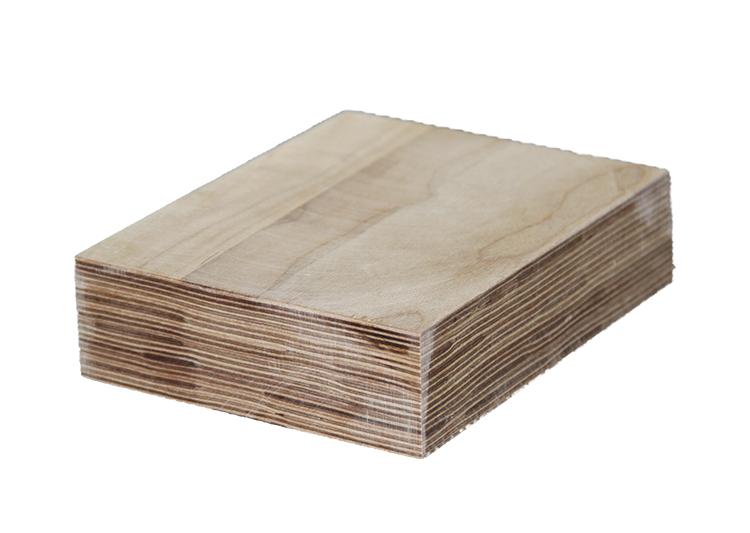What is a dry-type transformer and what are its advantages and disadvantages
2023-12-25 12:17 | By: ZTELEC-www.ztelecgroup.com | 160click
Dry-type Transformer is a power transformer whose insulation system does not use liquid insulating agents (such as insulating oil), but uses dry solid insulating materials. These insulation materials are usually high-temperature epoxy resin, insulation paper, insulation board, etc. Dry-type transformers are widely used in power systems and industrial fields and have some specific advantages and applicable scenarios.
Dry-type Transformer is a transformer that operates in an environment of insulating materials. Compared with oil-immersed transformers, its insulation system does not use liquid insulating agent. Here are some advantages and disadvantages of dry-type transformers:

advantage:
Environmentally friendly: Dry-type transformers do not need to use oil as an insulating medium, so there are no oil handling and disposal issues involved, and they are more environmentally friendly.
Easy maintenance: Due to oil-free insulation, dry-type transformers are easier to maintain and do not require regular oil quality checks and oil changes.
Good fire resistance: Because it is oil-free, dry-type transformers have good fire resistance and are especially suitable for places that require high fire resistance, such as high-rise buildings, subway stations, etc.
Strong adaptability: Dry-type transformers are suitable for some special environments, such as high altitude, humid or corrosive environments, and are not restricted by the environment.
Easy to install: The installation of dry-type transformers is relatively easier because there is no need to consider the sealing and cooling system of liquid insulating agents.
Low maintenance costs: Dry-type transformers generally have low maintenance costs due to their ease of maintenance.

shortcoming:
Higher cost: The manufacturing cost of dry-type transformers is higher than that of oil-immersed transformers, mainly because of the higher cost of insulating materials.
Smaller power: Compared with oil-immersed transformers, dry-type transformers of the same volume usually have smaller power.
Poor cooling performance: Since there is no liquid cooling system, the cooling performance of dry-type transformers is relatively poor and is suitable for smaller power applications.
Louder noise: Since the insulating material of dry-type transformers is usually air, its insulation performance is worse than that of oil-immersed transformers, which may result in louder noise.
Larger volume: Under the same power, the volume of dry-type transformers is usually larger than that of oil-immersed transformers.
When selecting a transformer, comprehensive factors should be considered based on specific application requirements, environmental conditions and cost to determine whether to use a dry-type or oil-immersed transformer.
tags:Lightning ProtectionOverload ProtectionShort Circuit Protectiontransformer safety10kV oil-immersed transformer
- more+releated article
- 2025-10-21Application of K Factor Transformer
- 2025-10-21Detailed explanation about transformer model w
- 2025-10-2010kV Oil-Immersed Transformer Safety: Lightnin
- 2025-10-20What are The Advantages of Phenolic Cotton Clo
- 2025-10-17Are Three-Phase Isolation Dry-Type Transformer
- 2025-10-17G10 Epoxy Sheet: Choosing the Right Specificat
- 2025-10-1610kV Oil-Immersed Transformer Operation Inspec
- 2025-10-163240-B Epoxy Phenolic Glass Fiber Cloth Lamina
- 2025-10-15G10 Epoxy Sheet: The Preferred Insulation Mate
- 2025-10-15Analysis of Energy-Saving and Noise Control Te





